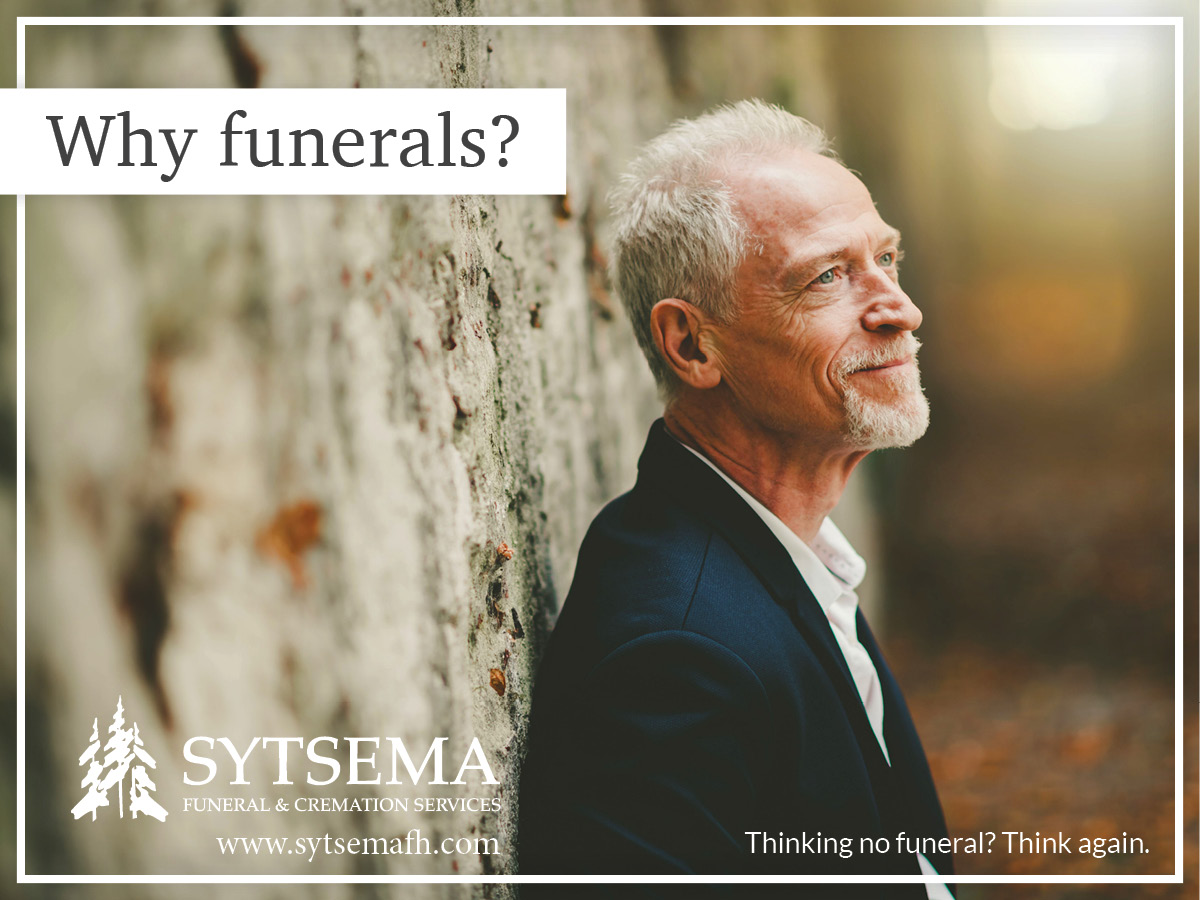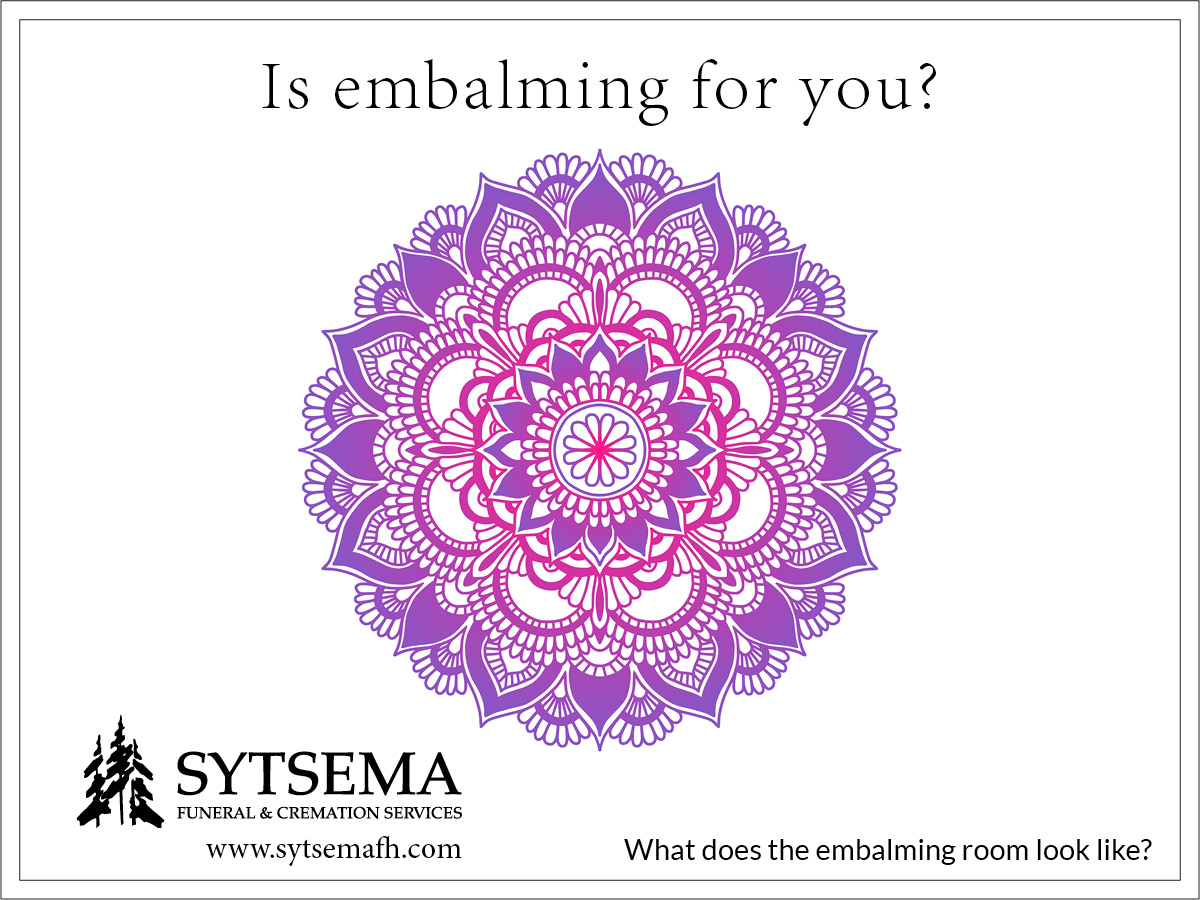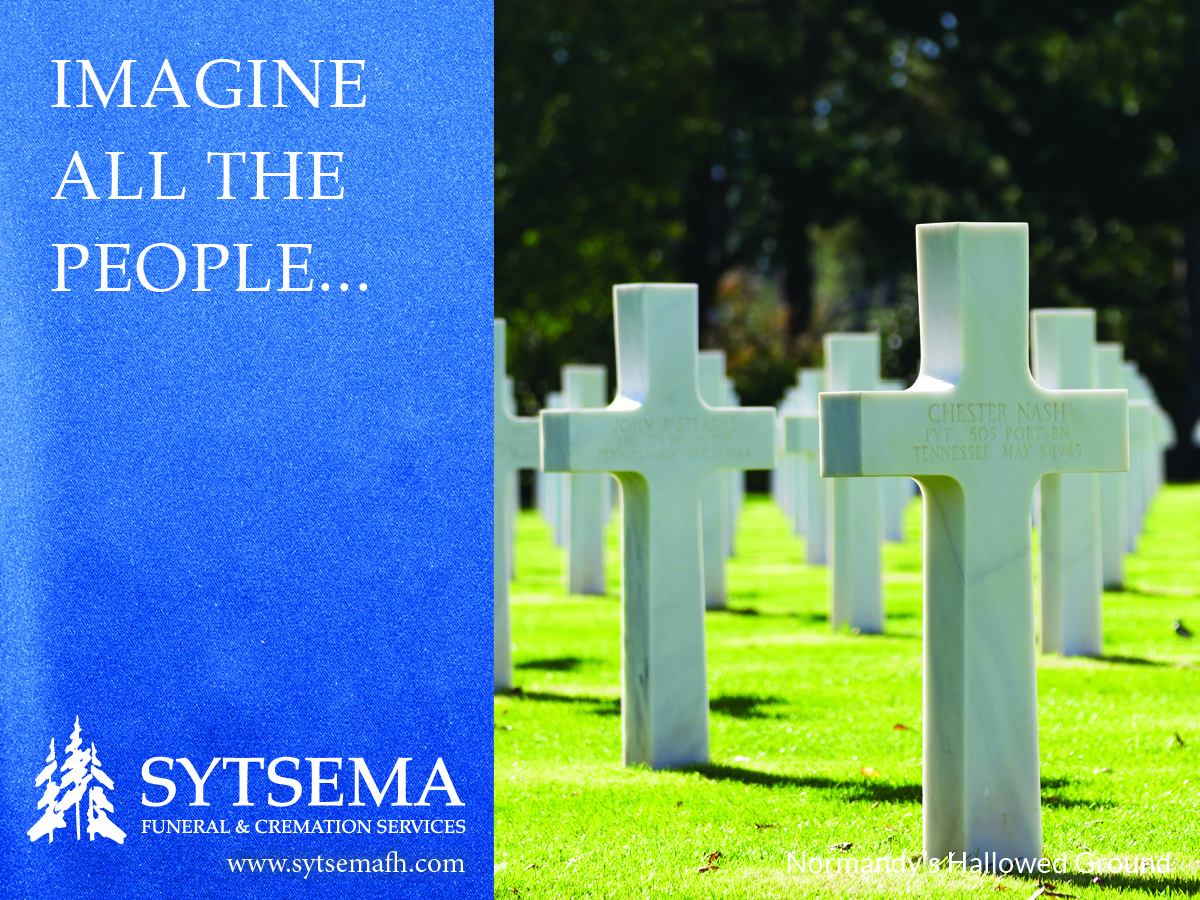Maybe you’ve said it, or thought it? “I don’t need a funeral. You can just bury me in the backyard”. That’s the male version of negating the need for a funeral. But the sentiment is not unique to men. Women just say it differently. “I don’t want you to make a fuss. I don’t need a funeral.” These folks are right. The person who died doesn’t need a funeral. They just need a legal, respectful disposal of their body. It’s the people who are left to do the work of grieving that need the support and community from a funeral.
Princess Diana, Michael Jackson, Aretha Franklin, John McCain, and most recently Kobe Bryant, didn’t need the memorials, teddy bears, or flowers. We needed them. We need to be a part of acknowledging the loss. We find comfort in being able to be a part of the service that honors their lives even when our part is just being an observer via television. We are comforted, in some measure, just by being able to observe.
It is human nature to seek community in times of trouble and in times of joy. People are pack animals. We don’t live in isolation. We touch the lives of others. We celebrate birth with family and friends. We celebrate the coming together of two people in marriage as a group. We hold each other’s hand in times of tragedy. When we express our caring feelings, it is not weakness. It’s our strength. We are human beings, we care.
Having the opportunity to express our feelings is not expected to “cure” our grief. Coming together does not provide closure. The door never really closes on the love one human being has for another. Coming together, expressing our feelings in the presence of our community, are steps in the healing process. Being able to express our feelings in a safe, accepting environment provides some measure of healing.
Grief in the early days is raw. As time passes it softens. The hard edges become rounded and we begin to find the joy we had with the one we loved in our memories. Grief is hard work. It’s a journey.
Why should anyone have to begin this journey alone?





